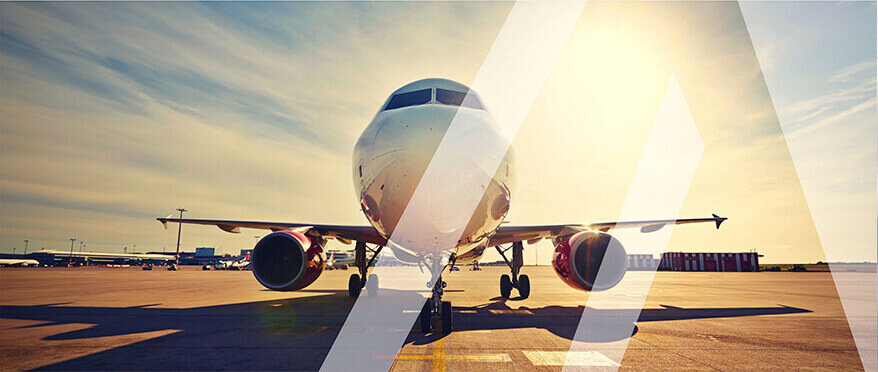Navigating the Skies: Unveiling the Advantages and Disadvantages of Air Transport
2 min read
Air transport has revolutionized the way we travel and conduct business globally. With its unparalleled speed and efficiency, it has become an integral part of our modern society. However, like any other mode of transportation, air transport also has its advantages and disadvantages. In this article, we will explore two key advantages and two disadvantages of air transport, shedding light on its impact on various aspects of our lives.
Advantage 1: Speed and Efficiency
Air transport offers unparalleled speed and efficiency, making it the preferred choice for long-distance travel and time-sensitive cargo shipments. Unlike other modes of transportation, such as road or sea, air transport significantly reduces travel time. For instance, a journey that would take days or weeks by land or sea can be completed in a matter of hours by air. This advantage is particularly crucial in emergency situations, where prompt delivery of medical supplies or humanitarian aid can save lives.
Advantage 2: Global Connectivity
Air transport provides unparalleled global connectivity, enabling people and goods to reach even the most remote corners of the world. With an extensive network of airports and airlines, air transport has made international travel and trade more accessible and convenient. It has facilitated cultural exchange, tourism, and international business collaborations, fostering economic growth and globalization. Moreover, air transport has played a vital role in connecting landlocked countries to the global market, boosting their economies and reducing their dependency on neighboring countries for trade.
Disadvantage 1: Environmental Impact
One of the significant disadvantages of air transport is its environmental impact. Aircraft emissions contribute to air pollution and greenhouse gas emissions, which are major contributors to climate change. The burning of aviation fuel releases carbon dioxide, nitrogen oxides, and other pollutants into the atmosphere, leading to the deterioration of air quality and the depletion of the ozone layer. Additionally, noise pollution caused by aircraft engines can have adverse effects on both human health and wildlife.
Disadvantage 2: Cost
Air transport is often associated with high costs, making it less accessible for certain individuals and businesses. The expenses involved in operating and maintaining aircraft, airport infrastructure, and air traffic control systems are substantial. These costs are ultimately passed on to passengers in the form of higher ticket prices. Moreover, air transport is not always economically viable for transporting bulky or low-value goods, as the cost per unit weight is significantly higher compared to other modes of transportation like sea or rail.
Conclusion:
Air transport offers undeniable advantages in terms of speed, efficiency, global connectivity, and accessibility. However, it also poses challenges in terms of environmental impact and cost. As we continue to rely on air transport for our travel and trade needs, it becomes crucial to find innovative solutions to mitigate its negative effects on the environment and make it more affordable for all. By striking a balance between the advantages and disadvantages, we can harness the full potential of air transport while minimizing its drawbacks, ensuring a sustainable and efficient future for this mode of transportation.
